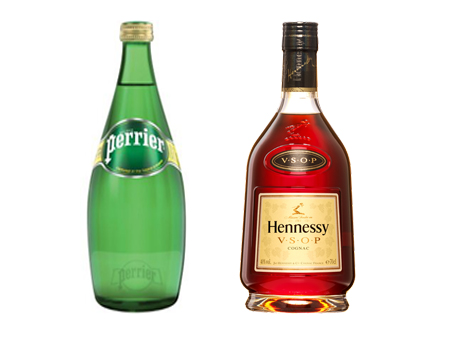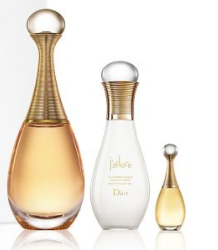J'ADORE decision: it smells good!!

On the 18th World Intellectual Property Day, the Supreme People's Court of China withdrawn the four refusal decisions previously issued which were refusing the registration as 3D trademark of the fragrance bottle of J'ADORE perfume and require CTMO to issue a new decision on the subject.
The decision had been rendered in a symbolic day because it clarifies some important principles. Nevertheless the real innovation of the decision might not be in the fact that a 3D trademark is available for registration in China.
From 2001, 3D trademarks are acceptable of being granted for registration and enjoying exclusive protection pursuant to the Article 8 of the Chinese Trademark Law. In this way, we notice a positive evolution regarding the registration of non-convention trademarks in China, even if the criterion of distinctiveness is still very strictly examined by the CTMO and TRAB.

In the renowned FERRERO decision (2008), the Chinese Court emphasized that the applied tridimensional sign need to bring a new visual impression beyond the product attributes to be served as an indicator of origin either inherent or through a long-term use, and recognizable at first sight by the consumers.
It is in line with the successful registrations of many unique products’ shapes and packaging such as Nestle square bottle, Hennessy XO and VSOP Cognac bottle, Toblerone triangular packaging, LES PAUL guitar, IPHONE shape as well as Perrier and Heineken packaging, amongst others in recent years.

What is the new input of J'ADORE decision?
In 2014, the LVMH-owned luxury house applied for territorial extension of its 3D trademark “J'adore bottle” in Class 21 under Madrid Convention. In 2015, the CTMO rejected the application due to the lack of distinctiveness. Dior filed an application for review with the TRAB which upheld the refusal decision on the grounds that the applied trademark could be easily considered as a common container for the designated goods. Afterwards, the prior decisions were upheld in appeal by both Beijing First Court and Beijing High People's Court in 2017.
Surprisingly through, the identical 3D bottle had been approved for registration by the CTMO in 2011 in Class 3 for “soap, cosmetics, shampoo and essential oil”, which should be sufficient to prove the distinctiveness issue in this case.
In practice, the Chinese jurisdictions apply the “case-by-case” principle whereby they are not linked by the decision previously rendered and thus one formal approval does not automatically lead to further one in regards with the examination and appreciation of trademarks distinctiveness.
In the decision issued on April 26th, 2018, the Supreme Court ruled in favor of Dior considering that in views of the evidence submitted, the applied trademark owns an intrinsic distinctiveness thanks to its unique design and its long-term use since its launch in 1999. Secondly, regarding the registration of the identical bottle shape in 2011, the Court reiterated that the “case-by-case” principle should not lead to decisions running counter the General Principles of consistency and unity of the Law. Therefore, in case of discrepancy between the Examination or Review Standards issued by the Chinese Office and a General Principle, the application of the General Principle shall prevail.
It is worth noticing that the Supreme Court did not expressly hold on the registrability of the bottle shape as trademark. In fact, the Court refers the case back to the CTMO on this point which should issue a final decision in few month.
In addition to what above the Supreme Court clarified an important principle that in case of procedural troubles not depending from the applicant (it seems that WIPO and CTMO had some procedural divergences) the applicant shall not be damaged since the aim of the Madrid Agreement is to guarantee and simplified and cheaper access to trademark acquisition worldwide.
To be continued…
Marie Ferey
Foreign Legal Counsel
HFG Law&Intellectual Property


